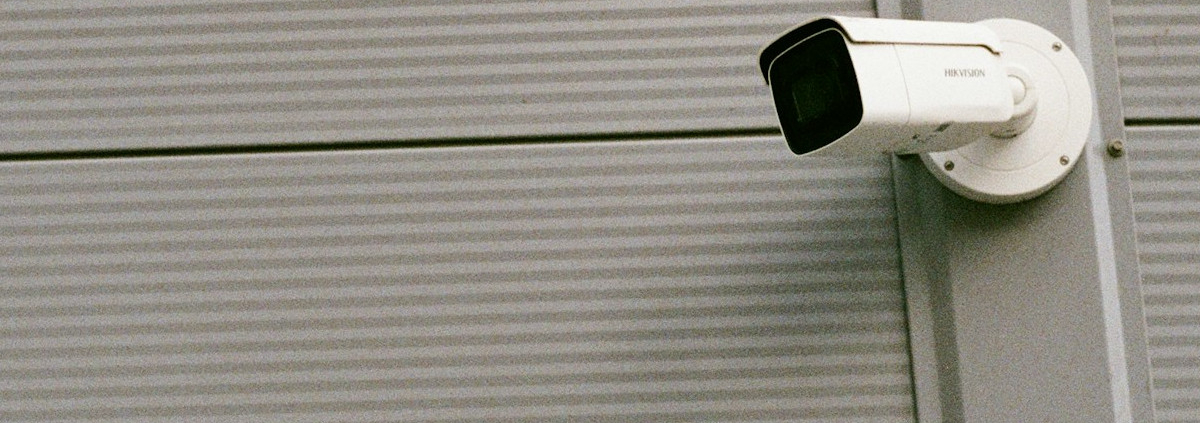Will My Face Be Filmed? Privacy Concerns in Cashierless Shopping
How Does It Work?
Cashierless stores use cutting-edge technology to monitor shoppers and process purchases seamlessly. Here’s how:
- Cameras: Follow customers and track the items they pick up.
- Shelf sensors: Detect when items are removed or replaced.
- AI algorithms: Combine the data to determine what’s being purchased.
While impressive, these systems collect a lot of information—not just about what you buy, but also how you move and interact in the store.
The Privacy Problem: What Are They Watching?
1. Constant Surveillance
Cashierless stores are packed with cameras, and while they’re primarily there to track inventory, they also record customer activity. This raises concerns like:
- Facial Recognition: Some systems might use it to identify repeat customers or prevent theft.
- Behavior Tracking: Even without recognizing faces, systems can monitor how you shop and where you linger.
2. Who Owns Your Data?
The data collected in cashierless shopping includes your shopping habits and possibly biometric information. But who owns this data, and how secure is it? Without clear policies, there’s a risk it could be misused or sold.
3. Navigating the Legal Gray Area
While regulations like GDPR in Europe and CCPA in the U.S. mandate data transparency, cashierless technology often operates in uncharted territory. For example, the use of facial scans might not yet be fully regulated in some regions.
Do Companies Care About Privacy?
Some companies are addressing privacy concerns head-on. For instance, Standard AI and Trigo avoid facial recognition altogether, relying on anonymized tracking instead.
Others focus on encryption and anonymization to protect data. However, the balance between convenience and privacy remains a concern for many customers.
How Can You Protect Your Privacy?
If you’re curious about cashierless shopping but value your privacy, here are a few tips:
- Check Store Policies: Look for posted signs or ask staff about how your data is used.
- Choose Privacy-Conscious Retailers: Support stores that explicitly avoid invasive tracking methods.
- Push for Better Regulations: Advocate for stricter laws that ensure transparency and data protection.
The Bottom Line
Cashierless shopping is a leap forward in convenience, but it comes with significant privacy concerns. As these technologies grow, it’s vital for both customers and companies to strike a balance between innovation and protecting personal data.







